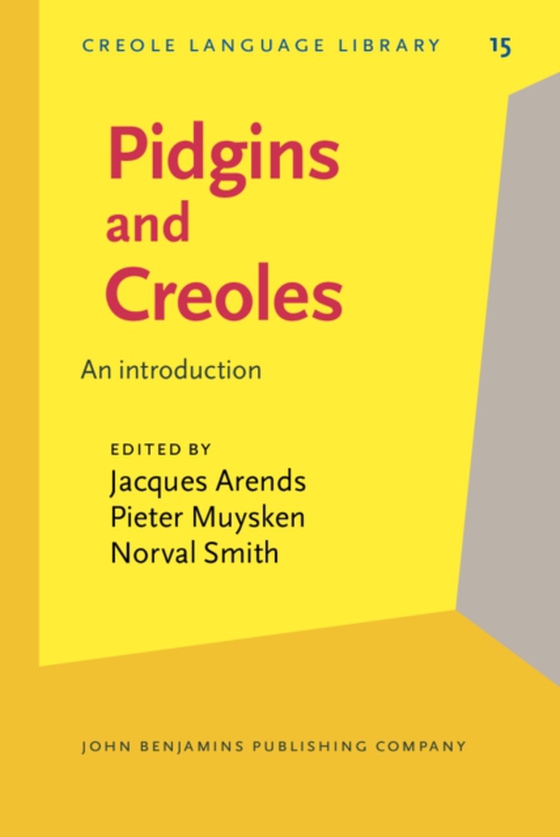
Pidgins and Creoles e-bog
1021,49 DKK
(inkl. moms 1276,86 DKK)
This introduction to the linguistic study of pidgin and creole languages is clearly designed as an introductory course book. It does not demand a high level of previous linguistic knowledge. Part I: General Aspects and Part II: Theories of Genesis constitute the core for presentation and discussion in the classroom, while Part III: Sketches of Individual Languages (such as Eskimo Pidgin, Haitia...
E-bog
1021,49 DKK
Udgivet
20 december 1994
Længde
430 sider
Genrer
2ZP
Sprog
English
Format
pdf
Beskyttelse
LCP
ISBN
9789027299505
This introduction to the linguistic study of pidgin and creole languages is clearly designed as an introductory course book. It does not demand a high level of previous linguistic knowledge. Part I: General Aspects and Part II: Theories of Genesis constitute the core for presentation and discussion in the classroom, while Part III: Sketches of Individual Languages (such as Eskimo Pidgin, Haitian, Saramaccan, Shaba Swahili, Fa d'Ambu, Papiamentu, Sranan, Berbice Dutch) and Part IV: Grammatical Features (such as TMA particles and auxiliaries, noun phrases, reflexives, serial verbs, fronting) can form the basis for further exploration. A concluding chapter draws together the different strands of argumentation, and the annotated list provides the background information on several hundred pidgins, creoles and mixed languages.Diversity rather than unity is taken to be the central theme, and for the first time in an introduction to pidgins and creoles, the Atlantic creoles receive the attention they deserve. Pidgins are not treated as necessarily an intermediate step on the way to creoles, but as linguistic entities in their own right with their own characteristics. In addition to pidgins, mixed languages are treated in a separate chapter.Research on pidgin and creole languages during the past decade has yielded an abundance of uncovered material and new insights. This introduction, written jointly by the creolists of the University of Amsterdam, could not have been written without recourse to this new material.
 Dansk
Dansk

